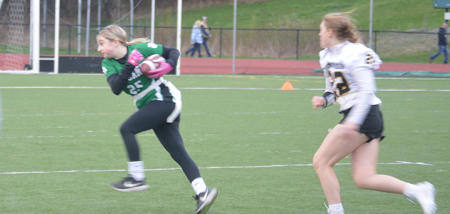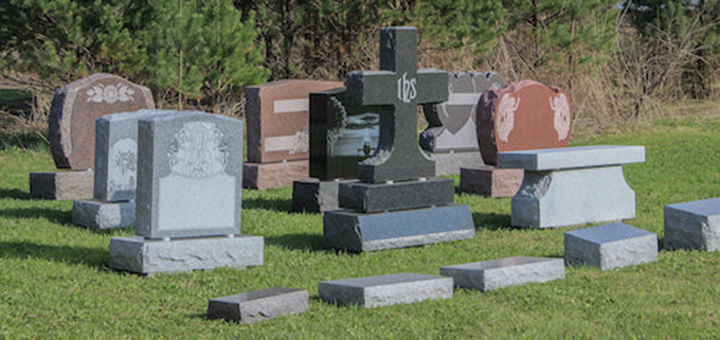School In September; The Tipping Point For Normalcy
Published:
May 27th, 2020
By:
Joe Angelino
Last week was the first meeting between me and the prominent, energetic local sports broadcaster, Nate Lull of WCDO radio in Sidney. Of course, our conversation was about high school athletes in the area and the future of fall sports. He mentioned the unthinkable scenario of horseshoe throwing, golf, bowling and other socially distant sports might replace football in September to mitigate the risk associated with spreading the COVID-19 virus.
As we discussed our expectations and hopes, we agreed there wouldn't be any fall school sports unless there are students in schools. The last time a student was in school in Central New York was in March, over ten weeks ago. The governor has canceled all in-person classes for the remainder of the year. Recently he went one step further, canceling any on-campus summer school classes. We all should hope and pray public health conditions will allow K-12 classes beginning in September. Kids attending school will tip our lives toward some normalcy.
Dr. Anthony Fauci, the Director of the National Institute of Allergy and Infectious Diseases, recently said "I fully expect that by the time we get to the fall that we will have this under control, enough that it certainly will not be the way it is now where people are shutting schools" and he added, he's humble enough to know that he can't accurately predict the future. It’s a hopeful plan for schools to open in September, but it sounds about as stable as Jell-O.
Currently, we are lead to believe students are sitting at home for hours daily, giving their undivided attention to streaming lessons on a laptop or tablet. In reality, according to everyone I've asked, that just isn't the case. Some homes have no connectivity, others have slow internet service, and some families are in challenging home environments not conducive to learning.
While everyone is rightfully concerned about getting commerce and industry up and running as quickly as possible, school administrators along with BOCES are trying to figure out how (and if) they will begin classes in September. This task is much more complicated than the business and manufacturing aspect because of the size and scope of teaching kindergarten youngsters to high school young adults.
In conversations with teachers, parents, and other school officials, here are only a few of the hurdles that must be overcome before students can walk into a school building in September. First off, how do some students get to school? Parents must have the wherewithal to check their children for signs of a fever or illness every day before sending them out the door.
Once out the door, suppose that child rides a bus to school, they must remain socially distant from others on the bus, something a driver shouldn't concentrate on while operating their vehicle. Every other bench seat may need to be removed from the bus, or extra buses might have to travel the same route, leap-frogging stops to reduce rider density.
As the students enter school, think of the bottleneck caused if the front door to the building is the place where student temperatures get taken. This will be a long wait, with kids close to each other. Once school begins, a classrooms pre-virus would hold 25 students a foot or two apart. That distance may need to triple in the space between desks requiring more teachers for fewer students.
The school custodians sanitizing public surfaces will be a never-ending task. Long ago, school kitchen workers used to bring lunches to each kindergarten classroom; this same method may be needed for all grades in the future to keep large congregations from the cafeterias.
Some districts are considering dividing the student body into two or three groups, sending each section of students to school on different days. This will be a logistics nightmare when taking into consideration families that have multiple children; teachers exposed to different sets of students daily and parents who must go to work. Further, there is nothing to prevent the different sets of students from mingling when not in school.
All of this sounds very labor-intensive and quite inefficient. Making matters worse, school districts will likely be making all this extra effort with a significant loss of tax revenue. When it comes to saving dollars and reducing staff, the first employees to go are the aids and monitors. Those are precisely the people who are needed to screen and watch over students when not in classes.
Governor Cuomo warned school districts that they might operate on a budget that has 20% less state aid than was projected a few months ago. The governor is hoping his plea for federal funding will be heard and help keep state aid for schools intact. But, that doesn't help with the local share, which for many will be painful when school tax bills arrive in the mail this fall – whether kids are in school or not.
Author: Joe Angelino - More From This Author
Comments






